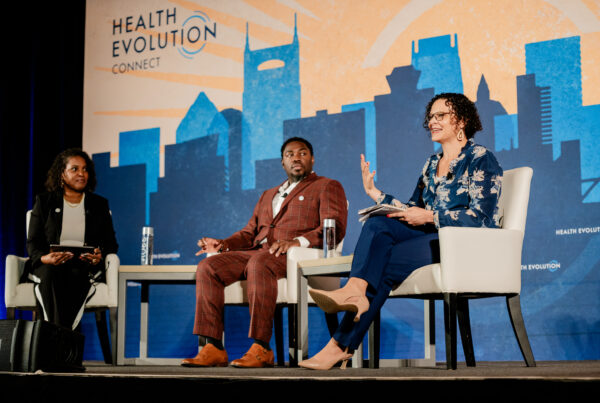The crises of 2020-2021 have directed the spotlight on inequities in the U.S. health care system that have existed for decades because addressing them has not necessarily been viewed as a strategic imperative.
“When you scratch the surface and start to look at what has led people to not have fair opportunities or equal opportunities to achieve their fullest health, there are so many obstacles like structural discrimination and racism and poverty and all the consequences of those,” said J. Nwando Olayiwola, MD, SVP & Chief Health Equity Officer, Humana.
Carladenise Edwards, EVP & Chief Strategy Officer, Henry Ford Health System, says tackling those problems begins with placing a value on the health of individuals and communities.
“We have to make sure people not only value health, but we also need to value diversity and the fact that diversity leads to different outcomes for different people,” Edwards said. “There has to be a value to that.”
New ways of thinking needed
Valuing diversity and advancing equity requires that the health care system and the nation give all people the opportunity to have the best health possible. This will demand that executives work together internally and externally, establish appropriate points at which people can access care and leverage data to understand what works and what does not.
“People are really having a hard time with the delivery system and many feel that we stop at the delivery of health care services. We don’t go beyond that,” Olayiwola said. “That is going to require new ways of thinking and understanding that if we don’t address some of the most foundational problems, we cannot advance equity.”
In the U.S., for instance, most people access insurance through employers so jobs and joblessness must be a central aspect of conversations and initiatives to advance health equity. Likewise, health care organizations need to be willing to implement teaching programs to address the root of social, economic and environmental determinants of health.
To that extent, Edwards added that Henry Ford and other organizations have innovated during the pandemic as relevant C-level titles, notably chief diversity officers and chief clinical officers, are coming together in novel ways. In particular, they are working with finance, legal and supply chain leaders to identify problems the organizations ultimately need to solve and develop strategies to accomplish that work.
“It’s definitely been a change in how we’re organizing ourselves and how we’re trying to work together, not just within our organizations, but across industries,” Edwards said, citing automaker Ford’s work producing masks, ventilators and other supplies as an example of productive innovation.
In addition to evolving internally, health care organizations are facing the critical consideration of whether or not the necessary access points to care services are available in communities and populations they serve, Olayiwola said.
“We need to figure out how to pay for it. We need to make sure the money is available for care to be equitable for everyone, regardless of their ability to pay,” Edwards added. “We need the middle ground of making sure everybody has access to health. And then we can drive solutions and implement changes that way.”










